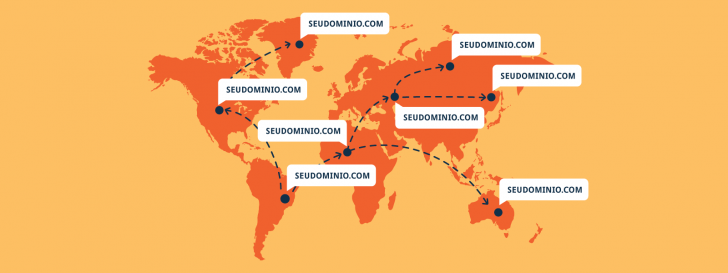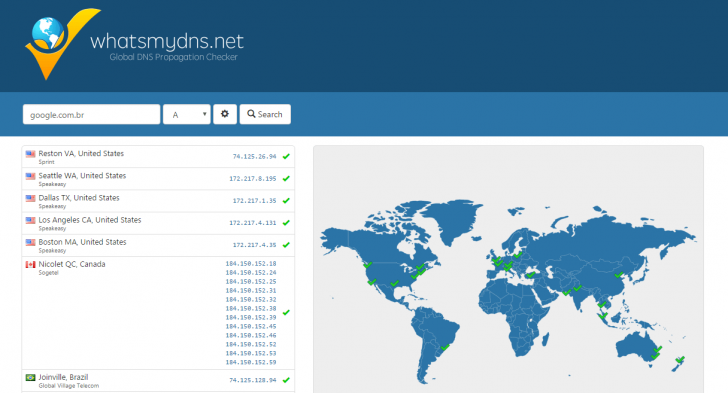

When people register a new domain, they often eagerly anticipate seeing the address in action for their future website. However, many are disappointed to find that the domain is not functioning as expected.
The domain has been paid for but is not yet functioning. It is important to understand that registering a domain does not automatically make it operational. The activation process may take longer than expected.
We will explore how domain propagation functions on the internet in this article. It might require some patience before your desired domain becomes operational. Stick around to learn more!
After registering a domain, what occurs next?
The initial stage in publishing a website is registering the domain, followed by specifying its hosting location through a DNS change name process in the registration system.
The DNS helps locate servers for all internet domains, eliminating the need to remember IP addresses without user-friendly names.
Text: Changing DNS
After registering a domain, it is essential to update the domain’s DNS settings to point to the server where the website will be hosted. This process enables hosting the website with any hosting provider globally, irrespective of the domain registration location.
If you’ve registered a domain and plan to host your site with the same company, the DNS is probably already set up to direct to that company. If not, you’ll need to configure the DNS pointing, which typically requires the hosting company’s provided values, usually given upon account activation. If you haven’t received this information, reach out to the company’s support for assistance.
Domain propagation using DNS
After changing the DNS, the impact is not instant, as previously stated. Understanding the functioning of the DNS system is essential to grasp this process.
The DNS system is essentially a large list connecting domain names to server IPs. It is a distributed system spread across multiple servers globally, with each server maintaining a copy of the list of names and IPs.
By updating the domain’s DNS settings, the information will be distributed to all DNS servers globally, ensuring that visitors from different countries are directed to the correct hosting server when accessing your site.
The process of replicating the domain and IP list can take several hours to finish due to various factors.
It can take up to 72 hours for a domain to be fully propagated.
After making a DNS change in a domain registered with Registry.br, an update will be issued within two hours, including the information of the new hosting server. This update will then be distributed to DNS servers worldwide.
It’s like one server informing another server about a change in the domain list. Within a few hours, all DNS servers in Brazil will be informed of the update, followed by servers in other countries in a bit more time.


Changing the DNS of a Brazilian .br domain and an international .com domain in quick succession can cause the .br domain to propagate more quickly to users in Brazil.
How to determine if a domain has already spread.
Domain propagation typically takes around 24 to 72 hours to complete. How can one determine if a specific address has finished propagating?
Accessing a domain does not necessarily indicate that its DNS has spread across the entire internet. There may be delays in DNS propagation, leading to potential instability and intermittent functionality of the domain during this period.
We can determine if a domain has propagated on the internet by using tools like whatsmydns.net. This tool checks various DNS servers globally to see if a domain is registered on the server.


To utilize the tool, simply input a domain into the search bar and select Search. Keep the checkbox at position A when entering a domain to display the server IP in the IPv4 format.
Conclusion
While the internet works quickly, there may be a delay in the response to some actions, such as the propagation of domains globally. It typically takes 24 to 72 hours for a newly registered domain to become fully operational.
Take the opportunity during the domain propagation period to dedicate time to studying and planning the appearance of your website. Here are seven tasks to complete before building your site.
Published on 04/05/2017 and revised on 10/05/2018.
